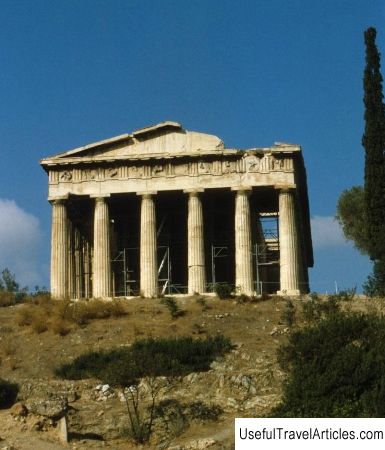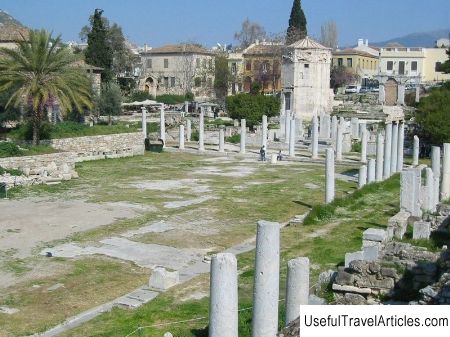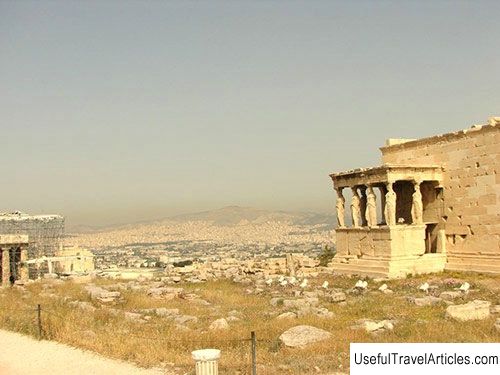Ancient Agora description and photos - Greece: Athens
Rating: 7,8/10 (2342 votes) 
Ancient Agora description and photos - Greece: Athens. Detailed information about the attraction. Description, photographs and a map showing the nearest significant objects. The name in English is Ancient Agora. Photo and descriptionIn the heart of Athens, northwest of the Acropolis, lie the ruins of the Ancient agora. During the period of ancient Greece (approximately from the beginning of the 6th century BC) it was the political, financial, administrative, cultural and religious center of the ancient city, second only in importance to the Acropolis. Here justice was done, trade deals were made, athletic and theatrical competitions were held. It is worth noting that it was through the Ancient Agora that the famous Panathenaean path leading to the Acropolis ran, along which solemn processions marched during the so-called Panathenae (religious and political festivities in honor of the patroness of the city, the goddess Athena). Today, the Ancient Agora is one of the most interesting and popular sights of the capital, as well as an important archaeological and historical site. The first excavations of the Ancient agora were carried out in the second half of the 19th century by the Greek Archaeological Society and the German Archaeological Institute. Systematic work began already in the 20th century by the American School of Classical Studies in Athens. The results of the excavations were so impressive that at the state level they decided to demolish a huge number of modern buildings in order to still be able to establish the boundaries of the Ancient agora. The colossal work carried out by archaeologists made it possible to determine the location and purpose of many different buildings, both public and administrative, and religious - the temples of Hephaestus, Apollo and Aphrodite, standing of Zeus, the Tsar's standing, the so-called Tholos (seat of the government of Ancient Athens), the mint, the altar of the Twelve Gods, Metroon, Odeon of Agrippa and much more. Today, on the eastern edge of the agora stands the impressive Stand of Attalus, a reconstruction of the original structure (2nd century BC), erected in the middle of the 20th centuries. The gallery is not only of certain architectural interest, but is also home to the Agora Museum. The exposition of the museum presents unique ancient artifacts found during excavations of the agora and its environs and perfectly illustrating the history of the ancient city. The earliest exhibits date back to the 4th millennium BC       We also recommend reading Dragon Fountain (Lindwurmbrunnen) description and photos - Austria: Klagenfurt Topic: Ancient Agora description and photos - Greece: Athens. |




